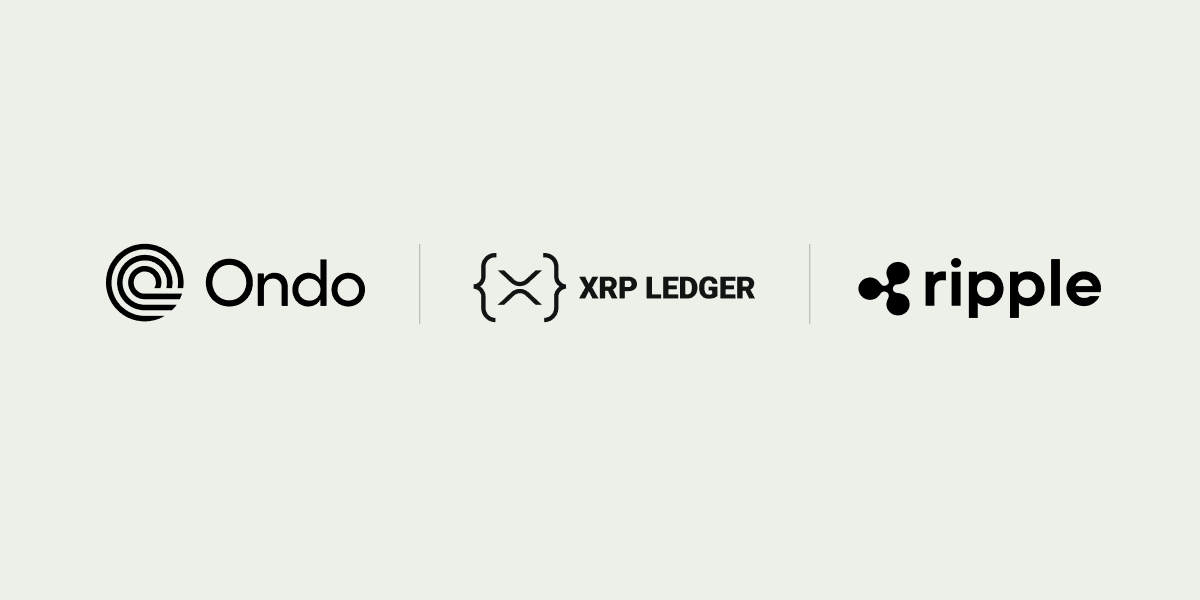Like in any industry, crypto’s growth will never be "up and to the right" all the time. To persevere through challenging times, it’s important to maintain a consistent long-term vision while focusing on controllable inputs in the near-term.
As Ripple’s Head of Liquidity Products, it was important to me to get this message across during my fireside chat with The Block’s Managing Editor Nathan Crooks at Quantum Miami 2023.
I returned to that refrain again and again in addressing crypto’s tough second half of 2022, Ripple’s continued growth, the launch of Liquidity Hub and the future of tokenization.
Ripple’s Vision for Utility
For Ripple, that long-term vision is utility. It’s why, despite a rough end to the year for most of the industry, we continued to grow and expand our network of partners and customers around the world.
By focusing on real-world opportunities like usability and interoperability, the company has been able to make steady progress towards its goal of achieving durable enterprise use cases for blockchain and digital assets.
Last year was a pivotal moment in the industry as blockchain and crypto solutions moved into the mainstream. When the waters grew choppy in previous years, maybe just a few friends would call. But now, with heightened visibility, even my parents are checking in.
Launch of Liquidity Hub
One key output from this focus and progress was Ripple’s launch of Liquidity Hub. Designed to more easily and efficiently source digital assets from the broader crypto market at optimized prices, Liquidity Hub supports enterprises offering crypto payments or solutions.
My team in particular is responsible for building and maintaining the Liquidity Hub solution. I’ve been at Ripple for more than six years and have seen our cross-border payments solution evolve to reach more than 40 payout corridors and process millions of transactions and billions of dollars in volume.
That experience and evolution helped highlight the urgent need for greater crypto liquidity amongst Ripple customers and sparked the idea for a simple, seamless way for businesses to access that liquidity.
The multi-year journey—from that first dollar through historic milestones and finally to the launch of Liquidity Hub — continues today as we roll out more broadly and as the team makes investments in and works on added functionality like improved crypto on/off ramps (e.g. the ability to exchange crypto for fiat).
Future of Tokenization
Liquidity Hub is an important part of delivering on the future of tokenization. As I highlighted in the fireside chat, there are many different types of tokens: native, counterparty-free tokens like bitcoin; protocol tokens; Central Bank Digital Currencies (CBDCs); and even real-world assets like stocks, real estate and carbon credits that have been tokenized.
While we’re still not fully there yet in terms of normalizing something like buying and selling a house on a blockchain, carbon credits are one promising use case that has myself and the Ripple team excited.
Carbon credits today are extremely fragmented, hard to verify and hard to price which makes them expensive to use. We believe getting them on the blockchain helps solve some of those problems.
Many of the basics—or primitives—required to make that real-world-to-chain connection already exist today. This includes knowing how blockchains operate, understanding how to enforce rules for decentralized transactions and how to issue and represent tokens on-chain.
I’ve used the analogy of being in the kitchen with top notch ingredients but not having the exact recipe on hand—a scenario in which Ripple thrives. To help make the recipe for tokenization clearer, Ripple is focused on two things we hear most often from customers: interoperability and usability.
Crypto-native customers need help managing fiat, while on the flip side, traditional customers need help understanding and engaging with crypto. Ripple is helping to build the necessary on/ramps through solutions like Liquidity Hub that will make each accessible to the other.
At the same time, my team is determined to make the "back-of-the-kitchen work" less obvious and onerous for enterprise customers. Creating solutions that emphasize usability and avoid "building for builders" will enable non-crypto enterprise customers to operate more comfortably and confidently in the world of crypto.
Outside of the industry, regulatory clarity is critical because clear regulation begets innovation and breakthrough solutions. While regulatory efforts have stalled in the US, we’ve seen the UK, Europe, Japan and Singapore step in to fill the void. I strongly believe a lack of common sense regulation is a competitive risk to the US.
I hope policymakers can channel our collective experience with the early Internet—when the regulatory framework for the web encouraged dynamism and allowed innovation to prosper—to unleash crypto innovation here in the States.
While greater regulatory clarity over the coming months can unlock more innovation, I understand the more realistic path to increased mainstream adoption will simply be getting more assets on-chain.
For Ripple, the future is clear. The company’s sustained focus on long-term durability and commitment to utility will serve as a guiding light in carving out an integral piece of the unfolding tokenized future—one that I know is inevitable.
Check out the full conversation and learn more about cross-border payments.







